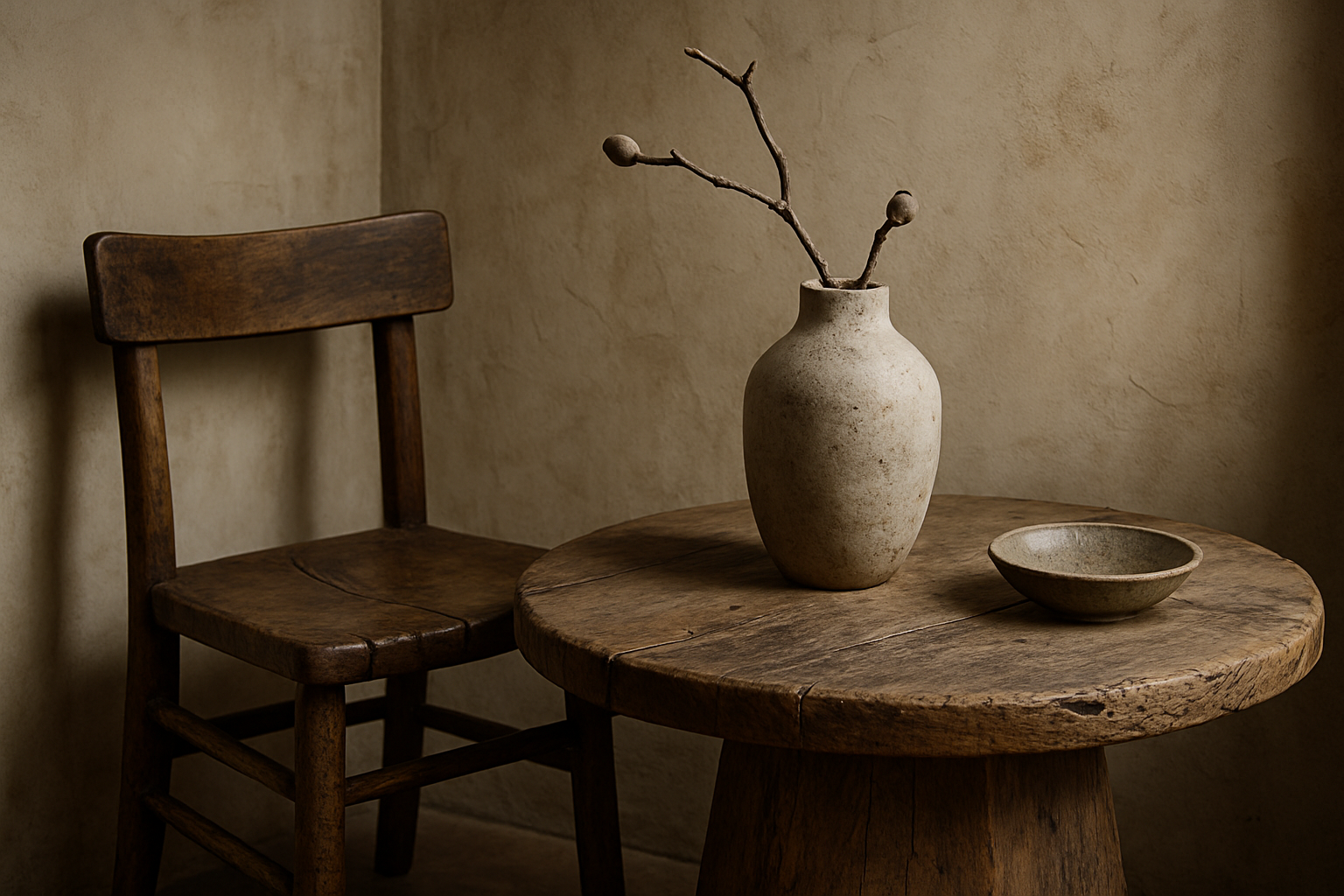Embrace Secondhand Furniture: A Smart, Stylish, and Sustainable Living Choice
Choosing secondhand furniture has become increasingly popular among homeowners seeking to create beautiful living spaces while making environmentally conscious decisions. This approach to furnishing homes offers significant financial advantages, unique design opportunities, and contributes to reducing waste in our communities. From vintage treasures to gently used contemporary pieces, the secondhand furniture market provides endless possibilities for creating personalized interiors that reflect individual style preferences.

The furniture industry generates millions of tons of waste annually, yet countless high-quality pieces find their way into secondhand markets where they can serve new families for decades. Understanding the landscape of pre-owned furniture helps consumers make informed decisions that benefit both their wallets and the environment.
Benefits of Second-hand Furniture
Secondhand furniture offers remarkable value compared to new pieces, often costing 50-80% less than retail prices. Beyond financial savings, these pieces frequently feature superior craftsmanship from earlier manufacturing eras when solid wood construction and attention to detail were standard practices. Vintage and antique furniture often appreciates in value over time, making purchases potential investments rather than mere expenses.
Environmental benefits include reducing demand for new manufacturing, which decreases deforestation and industrial pollution. Each secondhand purchase prevents furniture from entering landfills while extending product lifecycles. Many pre-owned pieces possess unique character and patina that cannot be replicated in modern manufacturing processes.
Acquisition Channels
Multiple channels exist for finding quality secondhand furniture. Estate sales often yield exceptional pieces from well-maintained homes, while thrift stores provide budget-friendly options with regular inventory turnover. Online marketplaces like Facebook Marketplace, Craigslist, and specialized vintage furniture websites expand selection beyond local availability.
Auction houses offer higher-end antiques and designer pieces, though prices may reflect rarity and provenance. Consignment shops typically curate selections and may offer guarantees on condition. Garage sales and moving sales provide opportunities for significant bargains, particularly when buyers arrive early with cash in hand.
Furniture Type
Different furniture categories present varying advantages in secondhand markets. Solid wood dining tables, dressers, and bookcases often outlast their original owners and maintain structural integrity for generations. Mid-century modern pieces from the 1950s-1970s remain highly sought after for their timeless design and quality construction.
Upholstered furniture requires careful inspection for wear, stains, and structural soundness. While reupholstering costs should be considered, recovering vintage frames often costs less than purchasing comparable new furniture. Metal furniture, particularly wrought iron or steel pieces, can be restored with paint and minor repairs.
| Furniture Type | Average Savings | Typical Condition | Best Sources |
|---|---|---|---|
| Solid Wood Tables | 60-70% | Excellent to Good | Estate Sales, Consignment |
| Upholstered Chairs | 50-80% | Fair to Good | Thrift Stores, Online |
| Vintage Dressers | 65-75% | Good to Excellent | Antique Shops, Auctions |
| Metal Outdoor Furniture | 70-85% | Fair to Good | Garage Sales, Marketplace |
| Bookcases/Storage | 55-70% | Good to Excellent | Moving Sales, Consignment |
Prices, rates, or cost estimates mentioned in this article are based on the latest available information but may change over time. Independent research is advised before making financial decisions.
Maintenance and Upkeep
Proper maintenance extends secondhand furniture lifespan significantly. Wood pieces benefit from regular dusting, occasional polishing with appropriate products, and protection from direct sunlight and moisture. Minor scratches can be addressed with wood markers or touch-up pens, while deeper damage may require professional refinishing.
Upholstered items should be vacuumed regularly and treated with fabric protectors when appropriate. Professional cleaning services can address stains and odors that home remedies cannot eliminate. Metal furniture requires inspection for rust and prompt treatment with appropriate primers and paints to prevent deterioration.
Structural issues like loose joints or wobbly legs should be addressed immediately to prevent further damage. Many repairs can be accomplished with basic tools and hardware store supplies, though complex restoration projects may warrant professional assistance.
Regular inspection helps identify problems before they become major issues. Checking drawer slides, door hinges, and table legs during routine cleaning allows for preventive maintenance that preserves furniture value and functionality. Proper care transforms secondhand purchases into lasting investments that serve families for years while maintaining their aesthetic appeal and structural integrity.




